A dynamic alternative to traditional façades
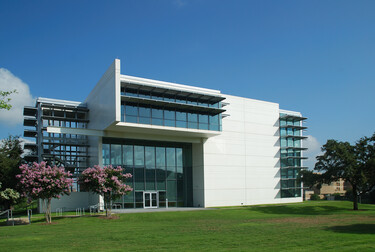
Dynamic Façade for Dynamic Sunlight Management
Static solar protection solutions like awnings, canopies, and brise-soleils have traditionally been used to help mitigate overheating in buildings, especially because they use passive design and are typically affordable. One major drawback is that these elements are fixed in place, and aren’t able to manage direct glare from the sun.1
The intensity of sunlight changes depending on the time of day, the season, and the current weather conditions. Dynamic building shells optimize energy efficiency while managing light and heat influx, and provide an environment that offers thermal and visual comfort for its occupants.
The Limitations of Traditional Static Shading Solutions
Mechanical Blinds & Shades
Many designers incorporate mechanical systems such as interior blinds or shades that can be controlled by occupants. While these shading solutions help control glare, they are not effective at managing heat gain.2,3
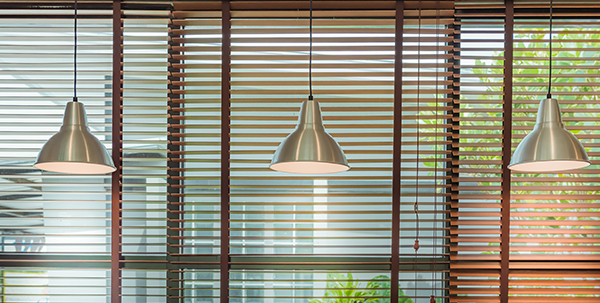
Plus, once lowered, blinds are typically left down all day, blocking natural light and outdoor views, which can negatively impact the well-being of occupants.
Exterior Solar Protection Systems
Removable or adjustable outdoor solar protection systems, like brise-soleils, shutters, roller blinds, or venetian blinds are also commonly used to manage light and heat. Their durability is limited, as they can deteriorate and corrode thanks to wind, humidity, and other weather and environmental conditions.
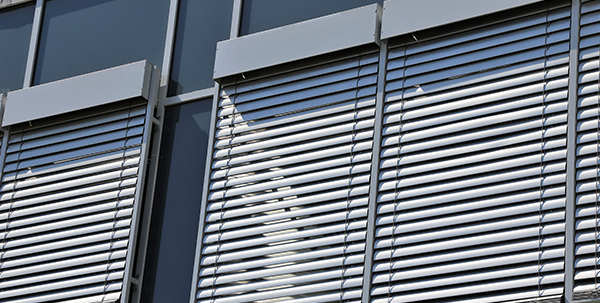
Mechanical solutions:
- Require maintenance,4 which can be costly, especially when needed in a hard-to-access spot, like on the façade of a tall building; on a skylight; or in a cavity requiring openings (as with double-skin façades).
- Significant structural strength requirement in the facade
- Inefficiencies for tall buildings where wind or atmospheric currents at the top of a building become too strong for the solution to work
- Obstructed outdoor views, which are the reason for windows in the first place—and important for occupants’ wellbeing.5
- Noisy and distracting to operate.
A Dynamic Alternative to Conventional Shading Solutions: Electrochromic Glass
To maximize energy efficiency year-round while providing adequate glare control, buildings need adaptive building envelopes. SageGlass smart windows tint and clear automatically in response to sunlight conditions.
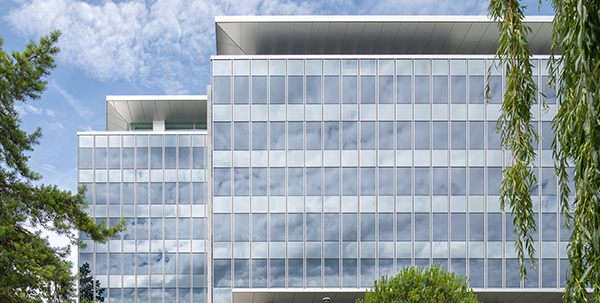
Key benefits of dynamic glass include:
- Enhanced occupant experience by preserving natural light and outdoor views - no blinds or shades
- Reduced energy consumption from HVAC
- Reduced cleaning and maintenance requirements both inside and on the facade
- Improved exterior aesthetic with a sleek fully-glazed facade
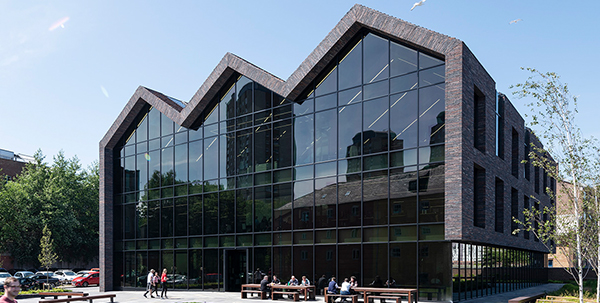
For architects and building owners seeking innovative solar solutions, smart windows provide the ideal performance solution that doesn't compromise aesthetics or occupant experience.
- An investigation into the impact of movable solar shades on energy, indoor thermal and visual comfort improvements, J. Yao, 2013
- Internal versus external shading devices performance in office buildings, A. Atzeri et al, 2014
- The role of shading devices to improve thermal and visual comfort in existing glazed buildings, G. Evola et al, 2017
- High-performance façades design strategies and applications in North America and Northern Europe, Z. Krystyna et al, 2011
- World Green Building Council, 2013